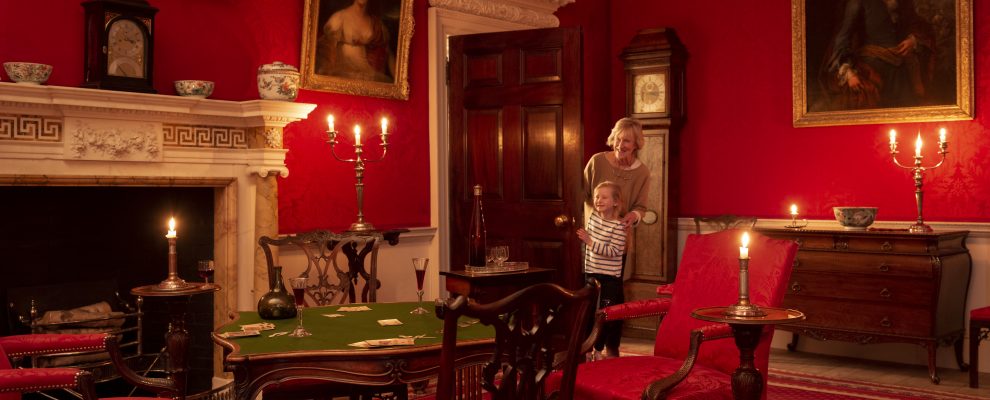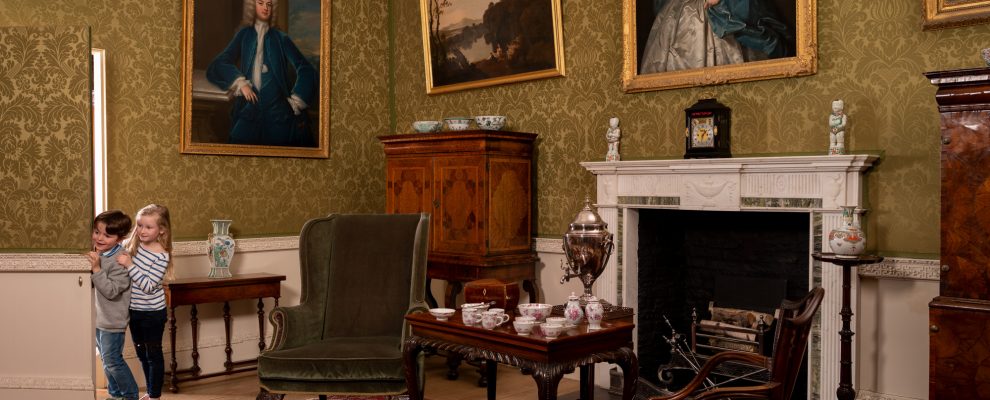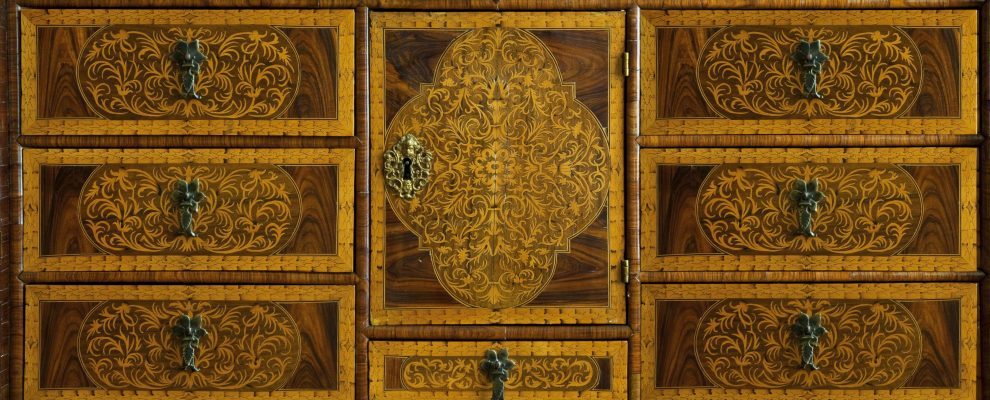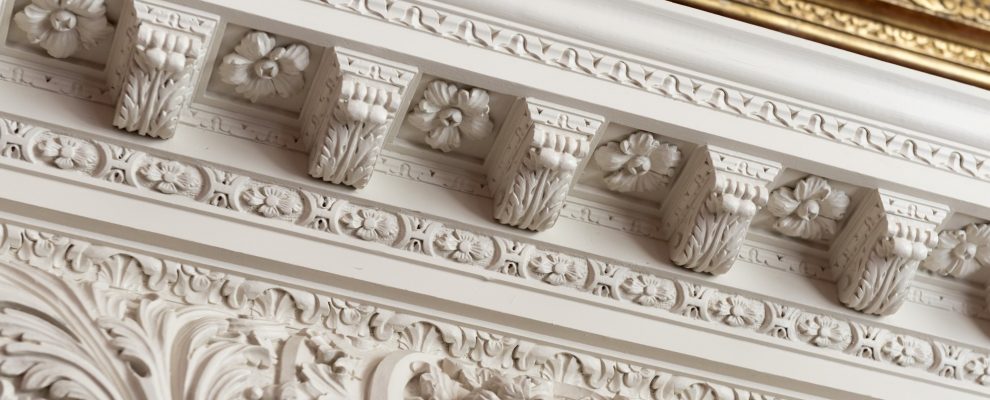The Tightrope of Humidity
In line with museum best-practice and GIS requirements, each room in Fairfax House is closely monitored, with readings being taken every 30 minutes of the temperature and RH. These provide a picture of how stable the environment within the museum is, and alert staff to any potential problems before any damage can take place. Following the installation of a new heating system and better insulation, the temperature in the property significantly stabilised, seeing fewer peaks and troughs. This in turn, impacted on the stability of the RH in the environment. Indeed, RH and temperature go hand in hand and one cannot be improved without the other and both are essential elements of collections care.
Mould, pests, deterioration and warping are just of a few of the problems that can happened if RH and temperature are not stable and controlled. This is because organic materials, such as wood, paper, cotton, linen, wool, silk and leather absorb and retain moisture until they reach a state of equilibrium with the air that surrounds them. When the surrounding air is very dry, organic materials will give off some of their moisture, becoming brittle, perhaps shrinking, splitting or cracking. When there is too much moisture in the surrounding air, such materials will absorb the moisture and, as a consequence, may swell or warp, or if very damp cause mould or fungal growth.
Despite the huge benefits brought about by improvements to heating and insulation in the house, RH remained on the lower end of recommended guidelines. After seeking professional guidance from experts at the Government Indemnity Scheme (GIS) Fairfax House implemented additional strategies to gently and subtly raise the RH within the property. This included the very simply, and remarkably effective, technique of using ceramic water cups placed on each radiator in the house. The evaporating water gradually helped to raise the RH by small increments in the rooms in the house. This was coupled with the use of small domestic humidifies which again helped to add moisture to the environment, steadily increasing the RH within the building by small degrees. These were only possible thanks to a ‘GIS Ready Grant’ from Museum Development Yorkshire.






